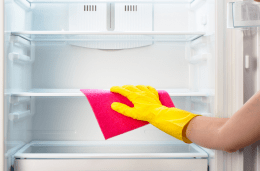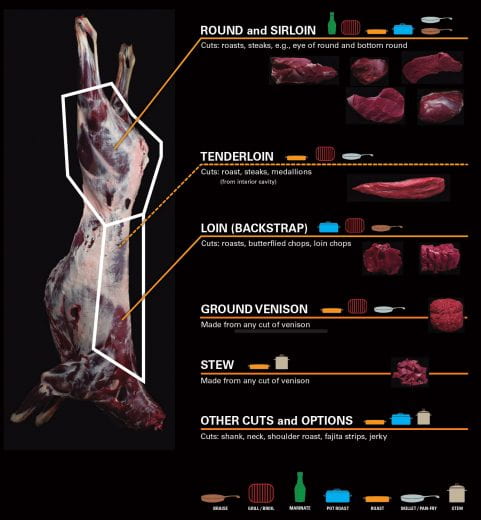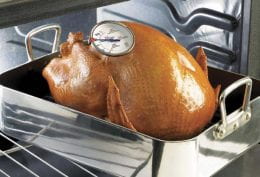
Food recalls occur about every day. Most you don’t hear about or may not affect your grocery stores. In the event you have food in a recall, it is important to prevent cross-contamination by cleaning.
First, remove the recalled food from your storage location. Throw it away per instructions in the recall notice, or take it back to the store for a refund. Many stores will contact you about a recall or you may see a notice on your store receipt.
Clean counters, cabinets and refrigerator drawers and shelves. Use hot soapy water where possible. Then sanitize with a simple bleach solution of 1 tablespoon liquid bleach in 1 gallon of water. The Centers for Disease Control and Prevention has a step-by-step guide to clean your refrigerator.
Don’t forget to wash your hands after cleaning and especially after handling the recalled food. Wash any towels and washcloths in hot soapy water before using them again.
Learn more at Recalls and Outbreaks from FoodSafety.gov.



 The cooking time is determined by the weight of one bird—not the combined weight. Use the weight of the smaller bird to determine cooking time. Use a food thermometer to check the internal temperature of the smaller bird first and then check the second bird. A whole turkey is safe when cooked to a minimum internal temperature of 165 °F as measured with a food thermometer. Check the internal temperature in the innermost part of the thigh and wing and the thickest part of the breast. When cooking two turkeys at the same time make sure there is enough oven space for proper heat circulation.
The cooking time is determined by the weight of one bird—not the combined weight. Use the weight of the smaller bird to determine cooking time. Use a food thermometer to check the internal temperature of the smaller bird first and then check the second bird. A whole turkey is safe when cooked to a minimum internal temperature of 165 °F as measured with a food thermometer. Check the internal temperature in the innermost part of the thigh and wing and the thickest part of the breast. When cooking two turkeys at the same time make sure there is enough oven space for proper heat circulation.
 Receiving food gifts can be a treat during the holidays. But not if they are not safe to eat.
Receiving food gifts can be a treat during the holidays. But not if they are not safe to eat.